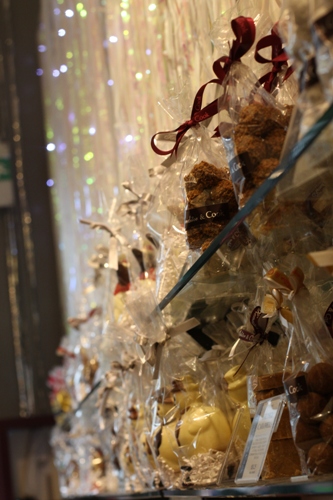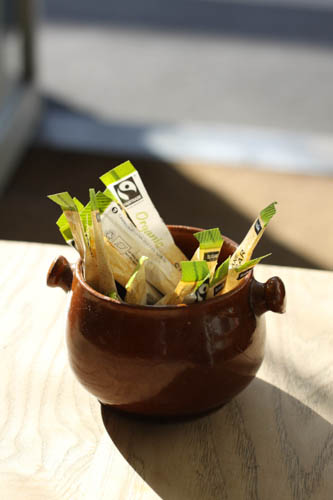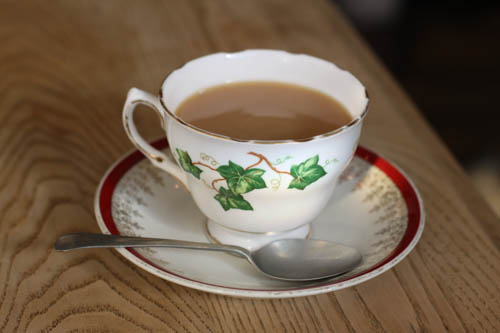Food is symbolic
 Monday, March 31, 2014 at 11:23PM
Monday, March 31, 2014 at 11:23PM  Food is symbolic. I encountered this idea early on in my studies in food anthropology. It is often presented as one of reasons why food is useful as a ‘lens’ through which to explore wider social, cultural, political and economic issues. But what does this really mean?
Food is symbolic. I encountered this idea early on in my studies in food anthropology. It is often presented as one of reasons why food is useful as a ‘lens’ through which to explore wider social, cultural, political and economic issues. But what does this really mean?
It took me a while to gain more than a superficial understanding. As I write this it becomes clear why that might have been. I had never been encouraged to think beyond the macro level. The idea that food is symbolic remained an abstract concept, referring to food in general and applied broadly.
A few months into my studies I had a eureka moment. I read two papers in which the authors honed in on a single foodstuff of particular importance to the society they were studying. Their focus on a specific food in a particular context made it much clearer to me why food is symbolic and how this can be a useful way of exploring other issues.
 Vix |
Vix |  4 Comments |
4 Comments |  consumption,
consumption,  economics,
economics,  food production,
food production,  gender,
gender,  industrialisation,
industrialisation,  modernisation in
modernisation in  Symbolism
Symbolism 

